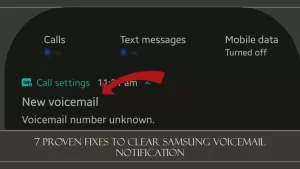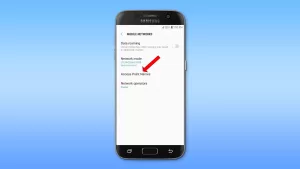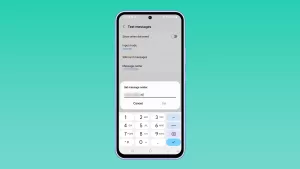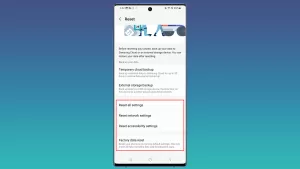Having to intermittently lose signal maybe an issue with the network but having a weak signal might have something to do with the area you’re in. Both of these issues are often connected and there are also possibilities wherein they can be due to an issue with the phone. These problems are seem to be bugging some owners of the Samsung Galaxy Note 9 so we really have to address it.
In this post, I will walk you through in troubleshooting your Galaxy Note 9 to determine why there are times it doesn’t have service or gets weak signal. I’ve encountered this problem in the past a few times and i know a couple of things that could also help you. So, if you’re one of the owners of this device, continue reading as this article may be able to help you one way or another.
Before we move on to our troubleshooting, if you’re looking for a solution to a different problem, then visit our Galaxy Note 9 Help Guides for we have already published some articles that tackle the most common problems with this device. We may have already published articles that could help with your problem.
Now, going back to our troubleshooting, if your Galaxy Note 9 has no service or has a weak signal, here are the things you could do…
Perform the Forced Reboot
This must be the first thing you need to do when troubleshooting any kind of problem with your phone. It will refresh its memory as well as reload all its apps and services. Most of the time, network issues that occur without apparent reason or cause are caused by a minor glitch in the system and doing the forced reboot will fix them.
- Press and hold the volume down button and don’t release it yet.
- Press and hold the power key while holding down the volume down button.
- Keep both keys held down together for 10 seconds or more.
After this, try to see if the signal or reception has improved and try making calls or sending text messages. If the problem remained, then move on to the next solution.
Check signal in Safe Mode
Try to see if the signal reception is still poor even if the phone is in safe mode because if it does, then we might have to troubleshoot the firmware. Also, by running your phone in safe mode, you’re temporarily disabling all third-party applications. Most of the time, issues don’t occur while the phone is in this mode and if that’s the case here, then it’s easy to fix it. Here’s how to reboot your phone in safe mode:
- Turn the device off.
- Press and hold the Power key past the model name screen appearing on the screen.
- When SAMSUNG appears on the screen, release the Power key.
- Immediately after releasing the Power key, press and hold the Volume down key.
- Continue to hold the Volume down key until the device finishes restarting.
- When Safe mode appears in the bottom left corner of the screen, release the Volume down key.
Reset Network Settings
Assuming that your phone still doesn’t have service or has a weak signal even in safe mode, then this is the next thing you should do. What it does is bring the phone’s network settings back to its factory settings. Minor network-related issues can be fixed by this procedure so you should try it:
- From the Home screen, swipe up on an empty spot to open the Apps tray.
- Tap Settings > General Management > Reset > Reset network settings.
- Tap RESET SETTINGS.
- If you have set up a PIN, enter it.
- Tap RESET SETTINGS. Once complete, a confirmation window will appear.
Once it’s done, the following changes will occur so make necessary changes.
- Stored Wi-Fi networks will be deleted.
- Paired Bluetooth devices will be deleted.
- Background data sync settings will be turned on.
- Data restrictive settings in applications that were manually turned on/off by the customer will be reset to the default setting.
- Network selection mode will be set to automatic.
Backup files and reset phone
After resetting your phone’s network settings and the problem continues, then you have no other choice but to reset your phone as it’s clearly an issue with the firmware. A reset can fix any firmware related issues as long as all hardware components are working fine and that the firmware hasn’t been modified in any way. However, before you actually reset your phone, make sure to backup important files and data as they will be deleted during the process and you may not be able to retrieve them after that. Once everything is set and ready, follow these steps to reset your phone:
- Back up data on the internal memory. If you have signed into a Samsung account on the device, you have activated Anti-theft and will need your Samsung credentials to finish the master reset.
- Turn off the device.
- Press and hold the Volume Up key and the Bixby key, then press and hold the Power key.
- When the green Android logo displays, release all keys (‘Installing system update’ will show for about 30 – 60 seconds before showing the Android system recovery menu options).
- Press the Volume down key several times to highlight ‘wipe data / factory reset’.
- Press Power button to select.
- Press the Volume down key until ‘Yes — delete all user data’ is highlighted.
- Press Power button to select and start the master reset.
- When the master reset is complete, ‘Reboot system now’ is highlighted.
- Press the Power key to restart the device.
I hope that this how-to post has helped you one way or another. Please help us spread the word by sharing this post to your friends or people who may also have similar problems. Thanks for reading!
RELATED POSTS:







